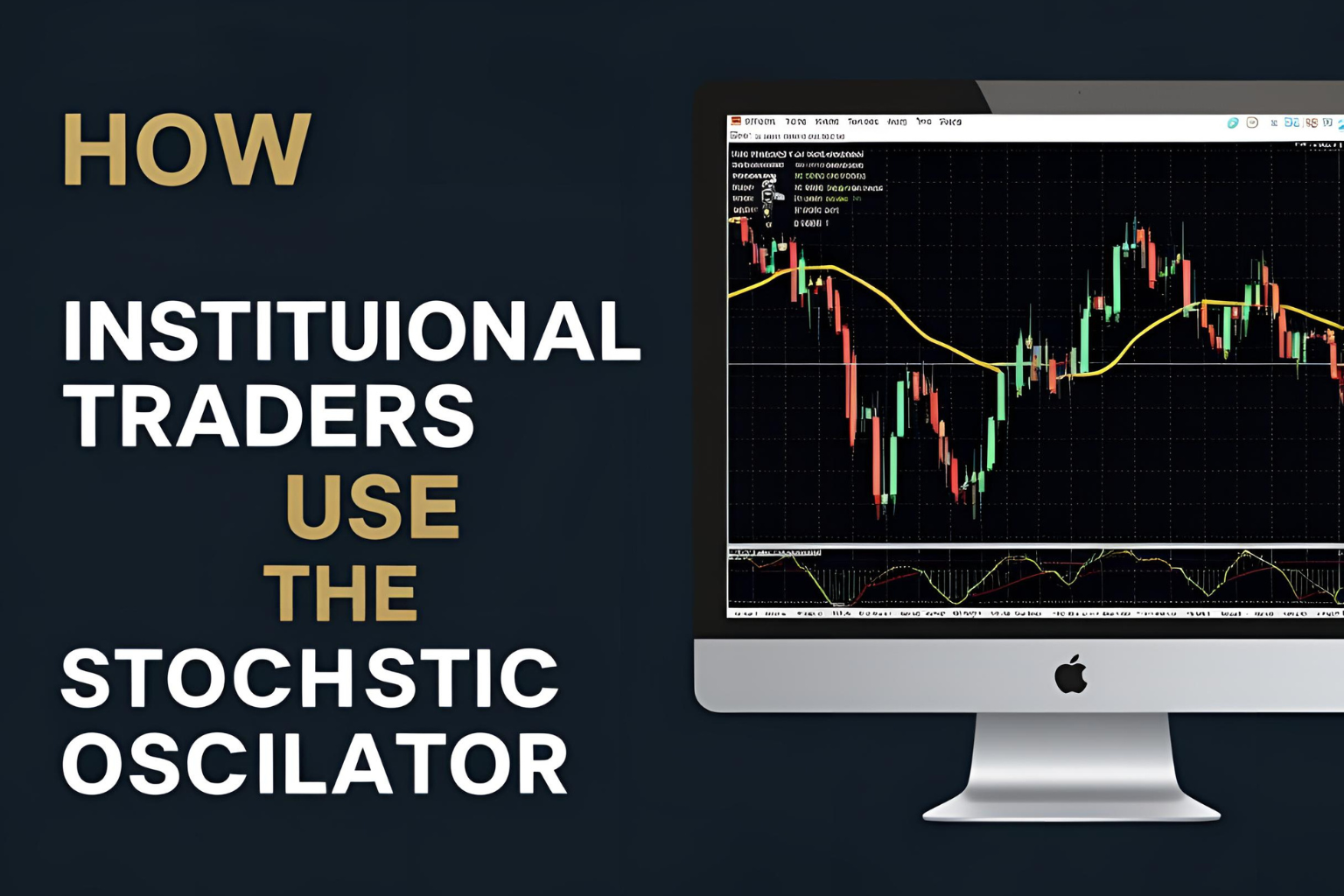How Institutional Traders Use the Stochastic Oscillator
Introduction
Retail traders often use the stochastic oscillator for simple buy/sell signals, but institutional traders take it much further. With deeper analysis, multi-indicator confirmation, and smart context-based usage, they extract more value from this momentum tool. In this article, we’ll explore how institutional traders use the stochastic oscillator and how you can adopt their methods to enhance your own strategy.
1. They Use It for Confirmation, Not Entry Alone
Institutional traders rarely rely on stochastic crossovers as standalone entry signals. Instead, they use stochastic to confirm price action, structure, and volume trends.
Example:
- Trend is up
- Price pulls back to support
- Stochastic shows oversold + %K crosses %D
✅ That’s confirmation, not the trigger.
2. They Focus on Confluence Zones
Institutions seek confluence—areas where multiple factors align. They may look for:
- Stochastic reversal near a Fibonacci retracement level
- Crossover near trendline support or resistance
- Agreement with volume spikes or moving average support
They don’t take signals in isolation—they build a multi-layered case before placing large trades.
3. They Prefer Higher Timeframe Context
Professionals always analyze higher timeframes to guide trades. A common tactic:
- Identify trend on Daily or Weekly chart
- Use 1H or 15-min stochastic for entry in direction of the trend
This prevents entering counter-trend positions based on a single stochastic signal.
4. They Watch for Momentum Divergence
Institutional traders actively use divergence:
- Bullish divergence: Price makes lower low, stochastic makes higher low → Early reversal sign
- Bearish divergence: Price makes higher high, stochastic makes lower high → Weakening trend
This is often paired with order flow data or institutional-level volume analysis.
5. They Avoid Noise by Smoothing or Customizing
Instead of default 14,3,3, institutional systems often use custom smoothing techniques like:
- Double-smoothing the %K line
- Applying a weighted moving average for %D
- Using modified settings like 9,5,5 for specific markets
They tweak parameters based on asset volatility and trading goals.
6. They Use it to Manage Risk, Not Just Spot Entry
Institutions use stochastic to:
- Avoid overtrading in high-risk zones (e.g., avoid longs above 80)
- Exit partially when stochastic crosses from overbought to neutral
- Monitor momentum exhaustion during extended rallies or selloffs
They see it as a risk management tool, not just a signal generator.
Conclusion
Understanding how institutional traders use the stochastic oscillator gives you a clear edge. They focus on context, confirmation, confluence, and multi-timeframe structure. By adapting these practices, you can elevate your technical analysis, avoid common retail mistakes, and make more confident trading decisions.
FAQs
Q1. Do institutional traders use stochastic oscillator often?
Yes, but always in combination with other tools, not as a standalone indicator.
Q2. What makes their use of stochastic different?
They focus on trend alignment, confirmation, and confluence zones—not just crossovers.
Q3. Do they use the same settings as retail traders?
Not always. Institutions often customize settings to suit specific strategies or assets.
Q4. Can retail traders adopt these methods?
Absolutely. With practice and discipline, any trader can apply these advanced techniques.
Q5. Is stochastic useful for institutional-level trade timing?
Yes, especially for managing entries and exits within broader market setups.




